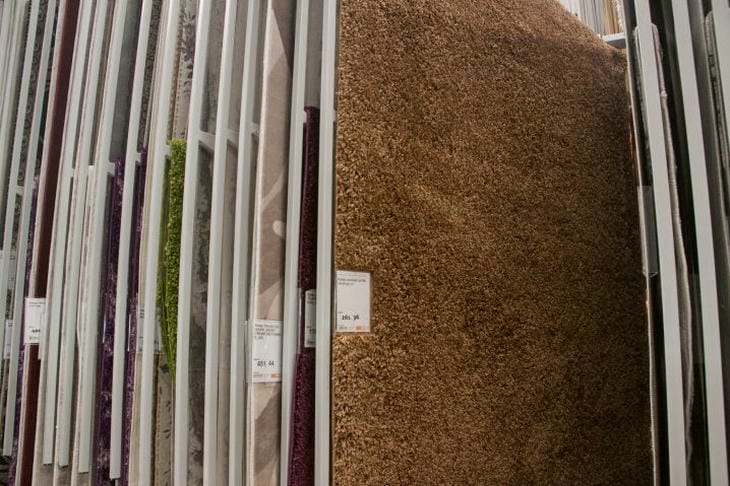Choosing the Perfect Carpet for Your Home: Designer Tips
We live in a world of abundance and diversity.
The modern market is overflowing with various products, and carpets are no exception.
Carpets perform several functions in the room. First of all, they are a kind of insulation under your feet, because it is much more pleasant to step on a warm floor covered with a soft product, says Yulia Tychino .
The first items resembling modern carpets date back to the 14th century BC, materials woven from threads were found in the tomb of Thutmose IV. The oldest surviving carpet is now on display in the Hermitage.
In Russia, the Republic of Dagestan can be considered the founder of carpet making; even now, the masters there have not lost their secrets of carpet making; Dagestan carpets are on the same level as carpets made by masters from European countries and are presented on the world market.

Often, carpets become a valuable asset in which people willingly invest money.
In this role, these products occupy a fairly high position and are not far from precious metals, antique stones, furs, etc.
Based on the nature of the patterns and manufacturing techniques, all carpets can be divided into three key groups: pile, lint-free and felt.
The first ones are by their nature the most delicate and soft, they are more expensive compared to others.
These products, made from high-quality materials, have pile, which is heavier than other types of carpets.
They are most often used in children's rooms, as they are warmer than other options.
Flat and felt carpets are somewhat rougher in structure than pile carpets, especially felt carpets. They are most often used to cover living room floors.
On some of the first carpets, geometric figures and ornaments served as designs and decorations, but now the images on carpets have become very diverse - abstractions, landscapes, and sometimes portraits of people are used.
